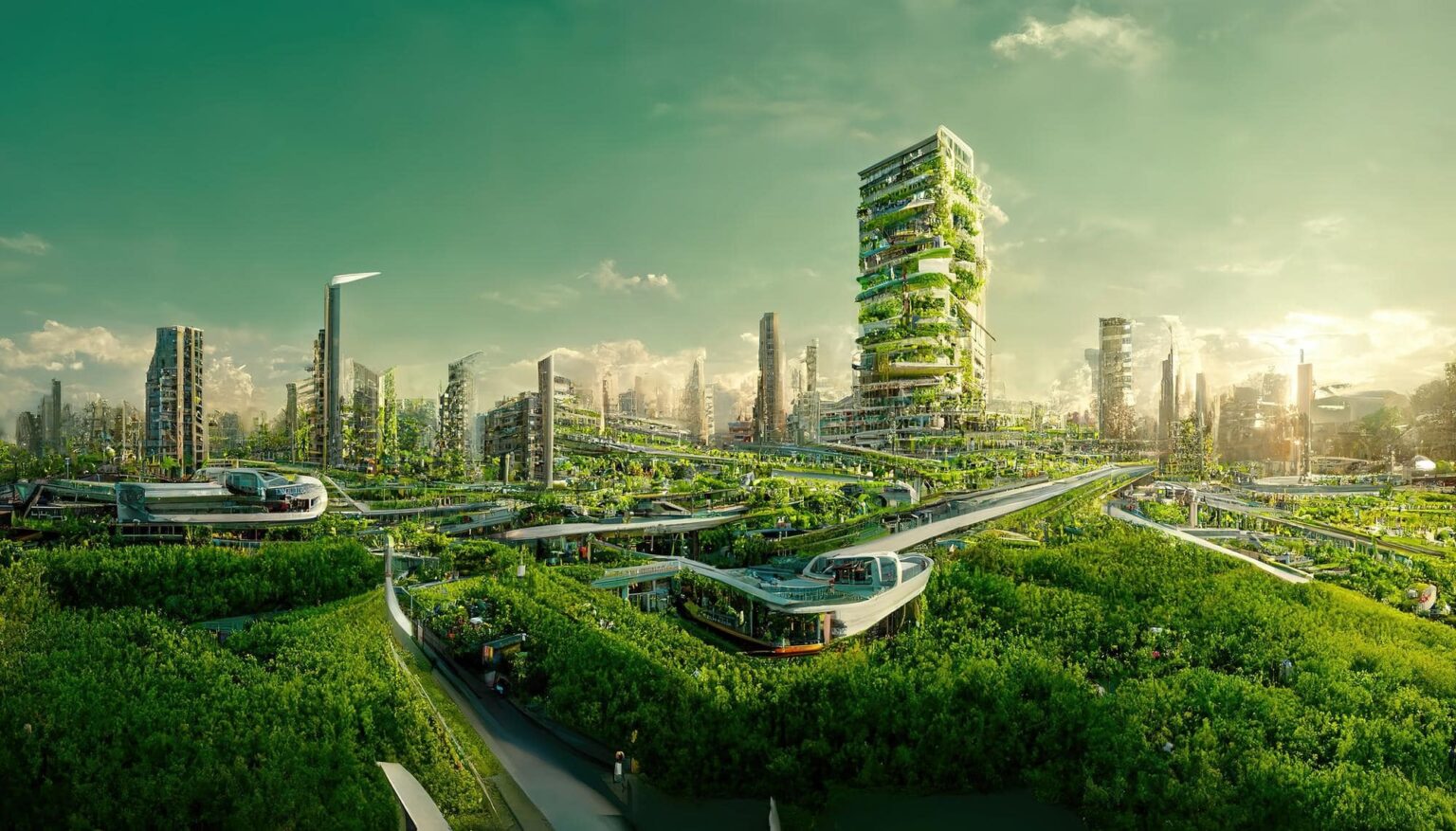Green building technologies encompass a range of energy-efficient and eco-friendly solutions that promote sustainability, reduce environmental impact, and enhance occupant comfort. These technologies and practices are gaining momentum in the construction industry as a response to the need for more sustainable buildings. Here are some key green building technologies:
- Energy-efficient HVAC Systems: Heating, ventilation, and air conditioning (HVAC) systems account for a significant portion of a building’s energy consumption. Energy-efficient HVAC technologies, such as variable refrigerant flow (VRF) systems, geothermal heat pumps, and demand-controlled ventilation, optimize energy usage by adjusting heating and cooling based on occupancy and ambient conditions. These systems can significantly reduce energy consumption while maintaining a comfortable indoor environment.
- Building Automation Systems: Building automation systems (BAS) integrate various technologies to monitor and control building systems, including lighting, HVAC, and security. BAS optimize energy usage by automating tasks such as scheduling lighting and HVAC operations based on occupancy, optimizing energy demand, and providing real-time data on energy consumption. These systems enable centralized control, monitoring, and optimization of building operations, leading to energy savings and improved efficiency.
- Renewable Energy Systems: Incorporating renewable energy systems is a key aspect of green buildings. Solar photovoltaic (PV) systems, wind turbines, and geothermal systems allow buildings to generate clean, renewable energy on-site. These systems reduce reliance on fossil fuels, lower greenhouse gas emissions, and contribute to long-term energy cost savings. Advances in solar PV technology have made it more accessible and cost-effective for integration into building design.
- Energy-efficient Lighting: Energy-efficient lighting solutions, such as light-emitting diodes (LEDs) and sensor-based lighting controls, are widely used in green buildings. LEDs consume less energy and have a longer lifespan compared to traditional incandescent bulbs. Sensor-based controls, including occupancy sensors and daylight sensors, adjust lighting levels based on occupancy and natural light availability, reducing energy waste and optimizing lighting efficiency.
- Water-saving Technologies: Green buildings incorporate water-saving technologies to reduce water consumption and promote efficient water use. Low-flow fixtures, such as low-flow toilets, faucets, and showerheads, significantly reduce water usage without compromising performance. Greywater systems and rainwater harvesting systems capture and treat water for non-potable uses like irrigation or toilet flushing, reducing the demand for freshwater sources.
- Sustainable Materials: Green buildings prioritize the use of sustainable materials that have a lower environmental impact. This includes materials with high recycled content, such as recycled steel or reclaimed wood, as well as materials with low embodied energy and carbon footprint. Additionally, using locally sourced materials reduces transportation-related emissions. Sustainable materials promote resource conservation, waste reduction, and healthier indoor air quality.
- Green Roof and Wall Systems: Green roof and wall systems involve the installation of vegetation on building rooftops or walls, providing multiple benefits. They improve energy efficiency by reducing heat transfer, absorb rainwater, mitigate urban heat island effect, and enhance biodiversity. Green roof and wall systems contribute to improved air quality, noise reduction, and aesthetics while providing insulation and reducing energy consumption for heating and cooling.
- Smart Grid Integration: Smart grid integration allows buildings to interact with the electrical grid, optimizing energy usage and participating in demand response programs. Buildings equipped with smart meters, energy management systems, and grid-responsive controls can shift energy consumption during off-peak periods or reduce energy usage in response to grid signals. This integration improves overall grid stability, reduces strain on the electrical infrastructure, and enhances energy efficiency.
Green building technologies play a crucial role in reducing energy consumption, carbon emissions, and environmental impact in the construction industry. These technologies not only promote sustainability but also offer economic benefits through energy cost savings, improved occupant comfort, and enhanced market value. As technology advances and awareness of sustainability grows, green building technologies will continue to evolve, becoming more accessible and mainstream in the construction industry.



